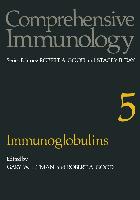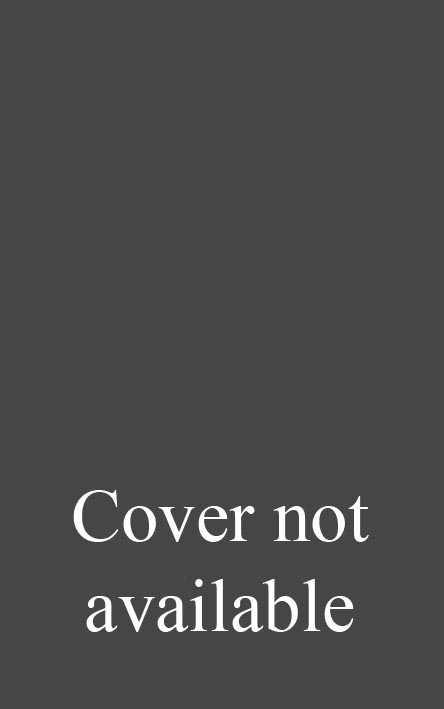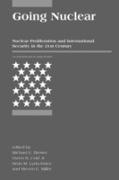Immunoglobulins
BücherAngebote / Angebote:
Since the discovery more than thirty years ago that antibody actlvlty could be localized to discrete plasma protein fractions, the study of immunoglobulin struc ture and function has dominated the field of immunochemistry. During this time, sources of homogeneous immunoglobulin molecules have been discovered, the subunit nature of the proteins has been defined, and the three-dimensional struc tures of the antigen-recognition portion of several antibody molecules have been elucidated. Insights into the complicated genetic control of these proteins are being gained rapidly through analysis of amino acid sequences of naturally occurring and induced homogeneous immunoglobulins. Immunoglobulins have been analyzed by protein chemists as models of complex multimeric systems, examined by geneticists studying serum protein polymorphisms, and employed by molecular biologists as highly selective probes capable of distinguishing minor features of molecular topog raphy. Clinical applications have ranged from the now routine quantitation of immunoglobulin levels to the use of antibodies to detect trace levels of a variety of natural products and drug metabolites. All these applications have depended ulti mately on a thorough understanding of the immunoglobulin and its antigen-combin ing site. To cover the entire field of immunoglobulin structure and function would require many volumes this size, therefore, subjects presented in this volume represent those which we felt contribute most to our current understanding of this protein family. The first chapters deal with the structure and function of the immunoglobulin molecule.
Folgt in ca. 5 Arbeitstagen




